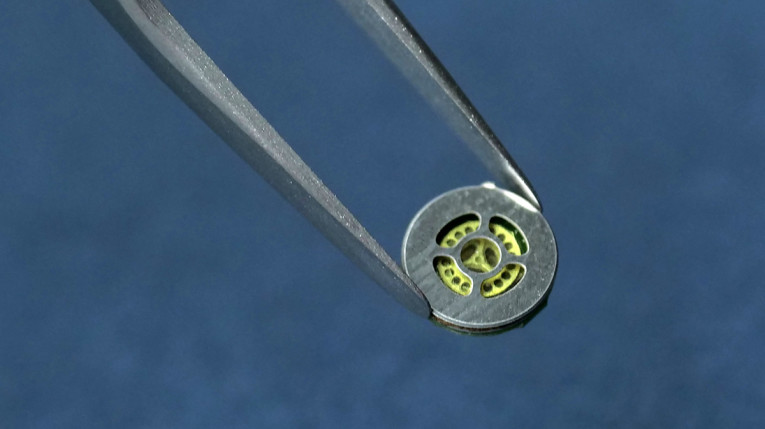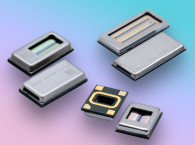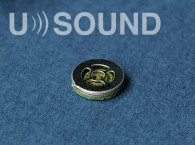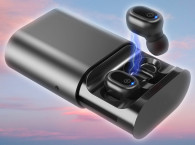
Microelectromechanical systems (MEMS) are an ideal technology for very small devices, usually combining a microtransducer and an application-specific integrated circuit (ASIC). Expanding MEMS developments for microspeakers has been an epic challenge but companies such as USound, Arioso Systems, and xMEMS, have all achieved successful implementations of MEMS microspeakers with viable and highly efficient applications in in-ear designs, and in arrays for smartphones and mobile devices.
MEMS speakers are seen as hitting all the touch-points for companies designing the next generation of audio products, SAR Insight & Consulting’s latest report — MEMS Speakers: Technology, Ecosystem & Hardware Market Sizing — has found.
"2021 looks set to be the year for MEMS speakers," the report’s author Peter Cooney says. "The technology has been ten years in the making, and the leading companies in this sector are now starting to mass produce their latest products. We are already seeing the average unit selling price come down as production is scaled up, which will lead to greater uptake and, thus, greater production and lower-cost units."
"We predict that the headphone market will be the driver for mass volume during 2021, with a handful of other sectors following suit in the next couple of years. We expect to see mass adoption across at least three sectors by 2023."
MEMS speakers are not without their limitations, but these will be largely overcome in the next five years as OEMs exploit the benefits on offer, Cooney antecipates. "After functionality and reliability, component price and overall bill of materials will be the most important factor that drives growth," Peter Cooney adds. "This is true across all markets; MEMS speakers will need to compete with dynamic speakers and balanced armatures at a similar price point."
The "MEMS Speakers: Technology, Ecosystem & Hardware Market Sizing" report from SAR Insight & Consulting explores MEMS speakers' potential, forecasting the market's size over the next five years and highlighting the industry's leading suppliers.
https://sarinsight.com







